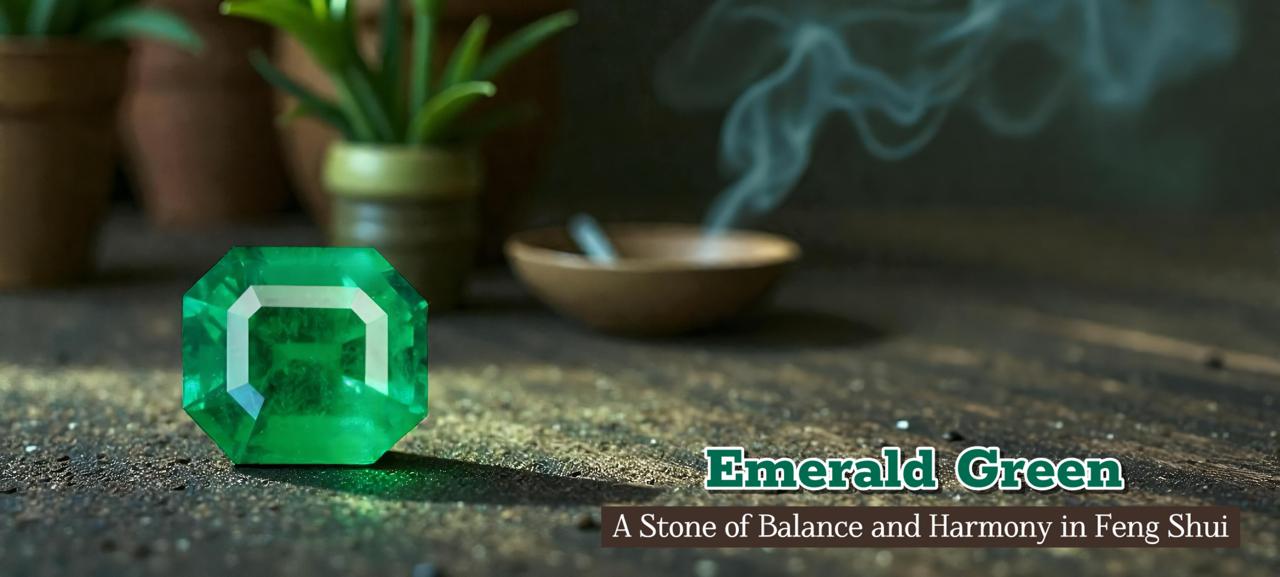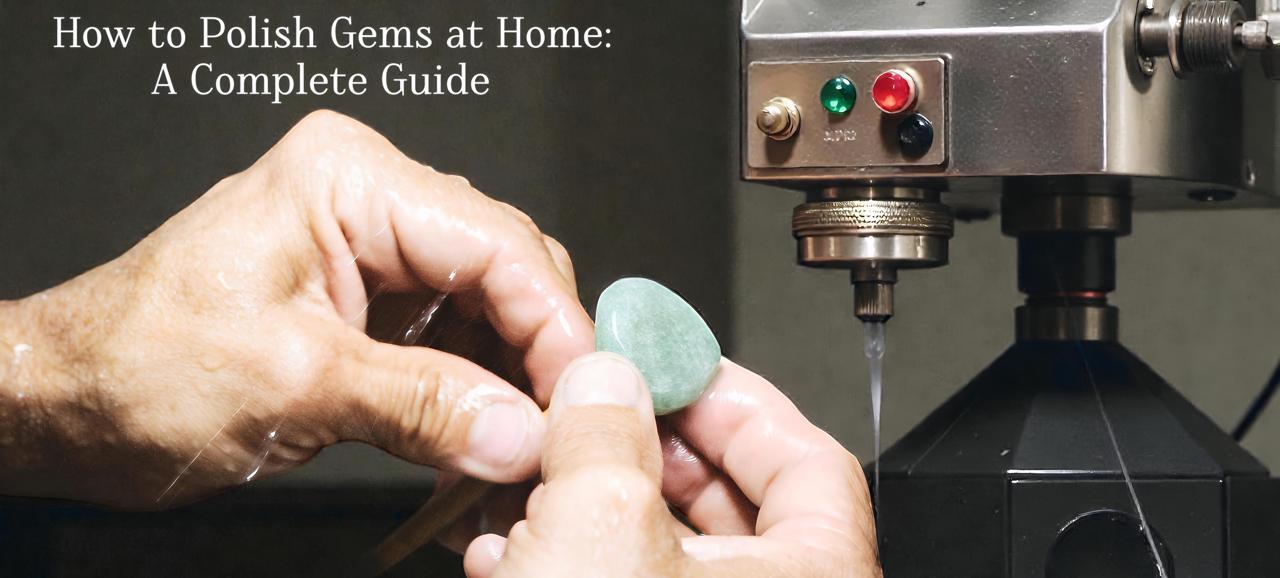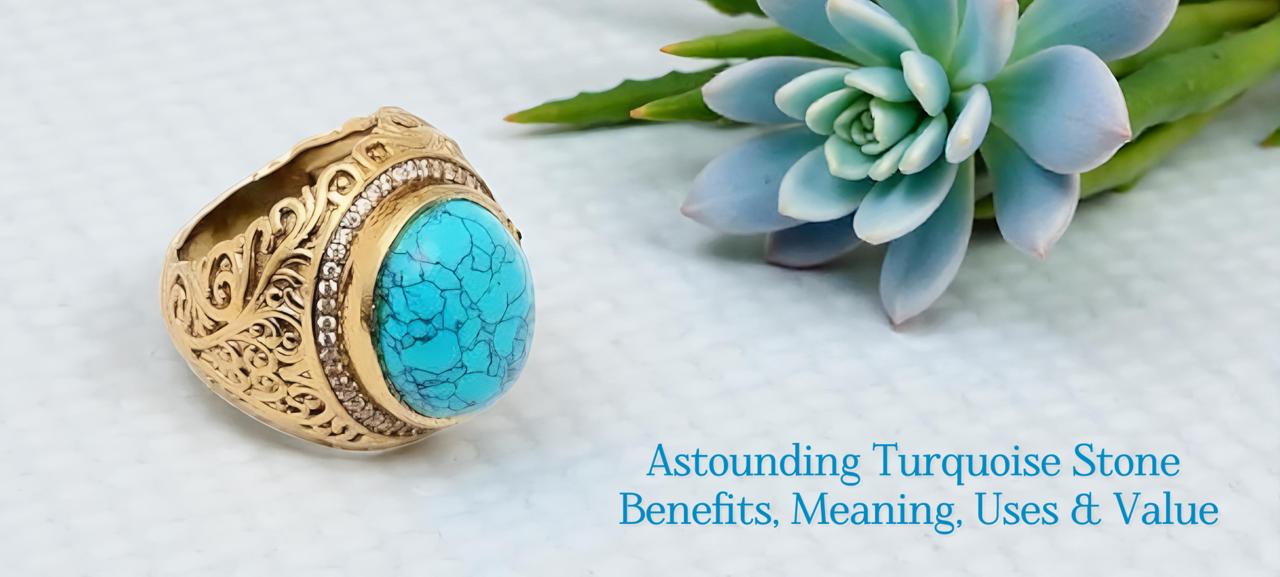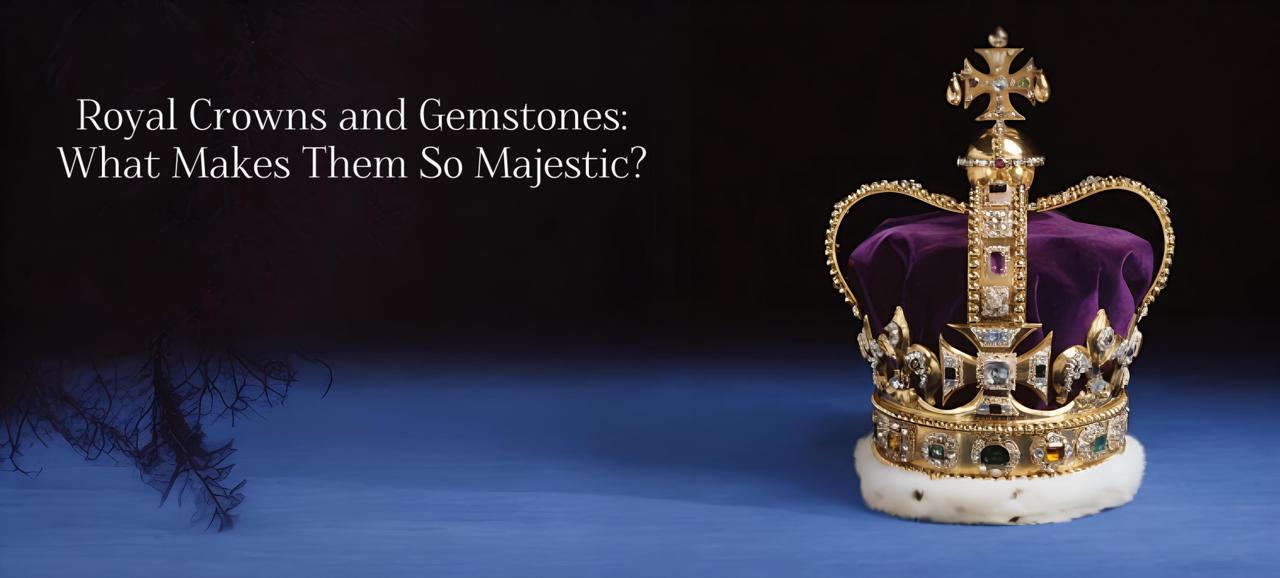 Categories
Categories 
Blue gemstones are known for their rich hue. The color of the sky, ocean, and rivers, blue, symbolizes serenity, wisdom, peace, and loyalty. In the world of colored gemstones, this hue of nature means a lot. The prime stone in this category is blue sapphire, also referred to as Neelam Ratna in Hindi. Many stones resemble the same color as this gem.
Tanzanite is one such famous blue Ratna that looks similar to sapphire but differs in many aspects. Individuals interested in buying any of these gemstones may get confused. This might affect the person's buying behavior. In this blog, we will discuss the following:
What are Neelam and Tanzanite stones in general
Difference between the two
Which is better in terms of astrology?
Neelam stone is the most powerful gemstone in Vedic astrology. Associated with the planet Shani or Saturn, it is said that wearing a blue sapphire on the middle finger of the right hand brings good fortune, wealth, and success. The blue color of the stone is believed to be a strong healer. Its soothing energy calms down mood, relieving anxiety and depression.
Also Read: Blue Sapphire Benefits – Astrological Benefits of Neelam Stone
Tanzanite stone is considered an effective substitute for blue sapphire. It is also linked to the planet Saturn, like Neelam, and hence is believed to work in the same way. Some astrologers suggest wearing this stone on the middle finger of the right hand is beneficial. Tanzanite is also a strong healing stone. It brings spiritual enlightenment, mental clarity, and enhanced intuition.
Also Read: Amazing Tanzanite Stone Benefits & Healing Properties
Distinction between the two gemstones is essential. Whether you are a jewelry enthusiast or someone who believes in astrology, gaining knowledge about these gems influences your purchasing behavior. Since the two tend to be similar in color when visually seen, one might mistakenly be considered the other. Thus, for the same reason, we jot down significant differences between these stones in the next section.
Tanzanite and blue sapphire represent different mineral families. Blue sapphire is from the corundum mineral family, whereas tanzanite belongs to the zoisite group. Corundum is aluminum oxide, whereas zoisite is a calcium aluminum hydroxy sorosilicate mineral.
Sapphire is primarily composed of aluminum and oxygen atoms arranged in hexagonal crystal lattice. Tanzanite zoisite is composed of calcium, aluminum silicon, and oxygen atoms arranged in the orthorhombic crystal lattice.
When looking visually or sliding through the gemstone website online, you will find no color difference between the blue zoisite and corundum. But if you check out the specifications, you can see the difference. Natural tanzanite color ranges from light blue to intense blue, with the topmost grades highlighting a tint of purple.
Neelam stone, on the contrary, also displays a dark blue color like that of the Royal blue sapphire, ranging to the rarest hue well shown by cornflower blue sapphire. The best sapphire color is velvety blue, but the ones with violet tint are also valued. Also Read: The Different Shades and Colors of Blue Sapphires
If you talk about tanzanite vs amethyst, the former has a deep purple color. In contrast, the latter has shades between light purple and dark purple, shifting more towards lavender or violet tones.
The difference lies in the fact that tanzanite is more purple, whereas Neelam stone is more blue.
Trace elements are responsible for giving color to the gemstones. Sapphires get their color from the elements such as iron and titanium. Blue zoisite gets its color from vanadium and chromium. The secondary overtones are familiar in both.
Corundum shows secondary overtones like green, brown, violet, and blue, which remain the primary color. Zoisite shows blue as the secondary hue, whereas violet remains the primary color.
Natural blue sapphire price ranges from INR 3,000 to INR 1 lakhs and more. Tanzanite costs start from INR 8,000 to INR 80,000 and more for exclusive color, clarity, cut, and high-carat weight. The prices of both gemstones are decided on the 4C’s.
Learn More: Blue Sapphire Price Guide - I
Neelam stone ranks high on the Mohs scale of hardness, second to diamond. Blue zoisite, on the other hand, is slightly less durable, ranking 6.5 on the Mohs scale. Both gems have great value in the colored gemstone jewelry market. While sapphires are considered the most loved stones for engagement rings, tanzanite is also becoming the trendiest choice for these special occasions.
Kashmir blue sapphire is rare because of its rich, velvety blue color. Large-sized sapphires with intense color and no inclusions are rare and more expensive than diamonds. Tanzanite is more rare than diamonds because of its limited accessibility. It is mined only in one place, Tanzania. The rarity of this blue zoisite increases with its carat weight. Large carat gems of size above 3 with exclusive bluish-purple color and eye-clean clarity are difficult to find.
Blue corundum has inclusions visible through the naked eye, and this is one of the ways you can check that sapphire is real. Tanzanite do have inclusions but cannot be seen with the naked eye and need magnification to identify them.
Read More: Inclusions as Nature's Signature: The Unique Identity of Sapphires
The difference between tanzanite and sapphire is also based on treatment. This is usually done to enhance the color and clarity of the stone. Sapphires are generally heat-treated. Unheated Neelam stone is rare to find and accounts for higher prices. Tanzanite is typically heat treated to enhance its color and remove secondary overtones.
Both blue sapphire and tanzanite are perfect gems when evaluated on the basis of beauty. They make incredible jewelry with their rich hues exuding brilliance and exclusivity. Also Read: What are the Current Blue Sapphire Trends?
From an astrological point of view, Neelam Ratna is said to be the most powerful gemstone that can eradicate or minimize the ill effects of Shani Graha. Thus, astrologically, sapphire is better than tanzanite specifically if you are looking for a gemstone to eradicate Shani sade sati effects. However, the blue zoisite can be considered an effective substitute, and one can wear it as a Shani Ratna.
To conclude, tracing out tanzanite vs. sapphire, which is better, is difficult as both have their specialty. If you are buying an astrological gemstone for Shani, Neelam should be your first preference.

Emerald Green: A Powerful Feng Shui Stone for Balance and Harmony
December 15th, 2025


